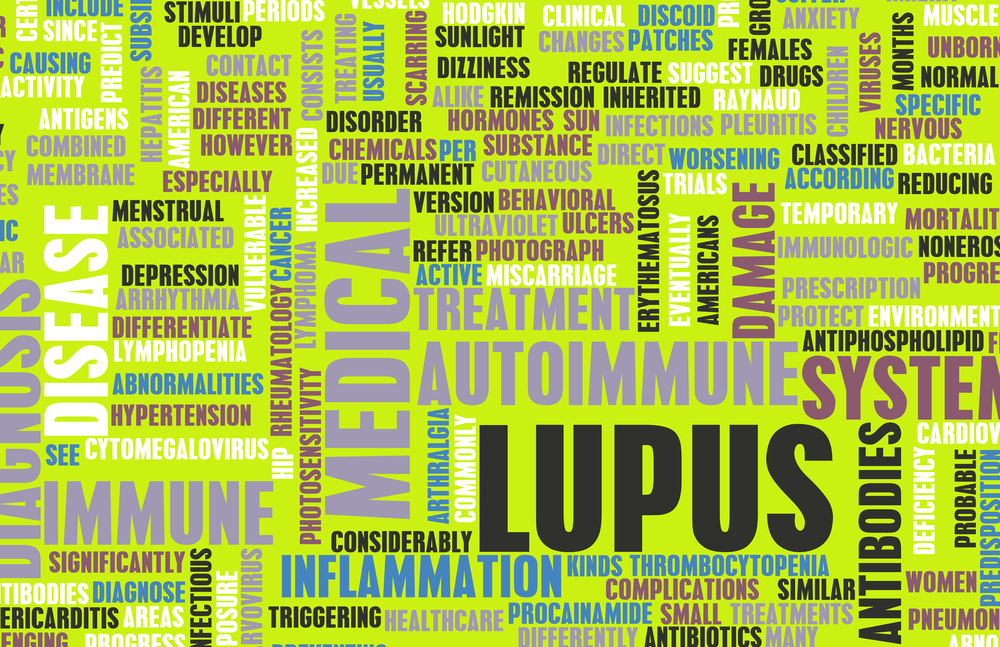XTL Announces Phase 2 Study Results On hCDR1 For Patients With SLE
Written by |

XTL Biopharmaceuticals Ltd., a biopharmaceutical company focused on the acquisition, development, and commercialization of pharmaceutical products for the treatment of unmet clinical needs, recently announced the results of a Phase 2b study on the efficacy and safety of its investigational drug candidate, hCDR1 (Edratide) for the treatment of systemic lupus erythematosus (SLE). The study titled “Safety and efficacy of hCDR1 (Edratide) in patients with active systemic lupus erythematosus: results of phase II study” was published in the Lupus Science & Medicine Journal.
hCDR1 is a novel compound found to ameliorate clinical manifestations of lupus via down-regulation of pro-inflammatory cytokines and apoptosis, up-regulation of the immunosuppressive cytokine TGF-beta and the induction of regulatory T-cells. Currently, treatment for SLE is primarily based on immune suppressing agents, such as corticosteroids, azathioprine or cyclosporine.
The study, which was conducted by leading rheumatologists Dr. Murray Urowitz, Dr. David Isenberg and Dr. Dan Wallace, examined 340 SLE patients (≥4 ACR criteria) with active disease (SLEDAI-2K of 6–12). All SLE patients received Edratide or a placebo subcutaneously every week at doses of 0.5, 1.0 or 2.5 mg. The study primary endpoints were the reduction in the Adjusted Mean SLEDAI (AMS) and in the SLEDAI-2K SLE Disease Activity compared with a cohort of controls. The study secondary endpoints included improvement in the medicinal flare analysis and in the British Isles Lupus Assessment Group (BILAG) Responder Index.
Results showed that Edratide met the safety profile and was well tolerated. The primary endpoints based on AMS and SLEDAI-2K were not met. The secondary predefined endpoint, BILAG, was met for the 0.5 mg Edratide arm in the intention to treat (ITT) cohort (N=316) with trends in the 1.0 and 2.5 mg doses.
The results also showed there was a positive tendency in the Composite SLE Responder Index of the ITT cohort and the BILAG secondary outcome was met for the dosing of 0.5 mg in some specific subgroups, such as no steroids or low steroids, seropositivity and patients with an improvement of 2 grade BILAG.
The results revealed this Phase II clinical trial met some of the efficacy and safety endpoints, however, more longitudinal studies are necessary to assess Edratide as a treatment for SLE. The researchers suggest that studies should include steroid treatment algorithms, and use a composite primary outcome which is likely to include BILAG.
Josh Levine, Chief Executive Officer of XTL, commented, “The encouraging data published in a peer-reviewed article in Lupus Science & Medicine regarding Edratide, our lead drug candidate for the treatment of SLE, further strengthens XTL’s resolve to bring this drug candidate to market as soon as possible. With the recent announcements of drugs being developed for the treatment of lupus by UCB and Eli Lilly failing to reach their primary endpoints in Phase 3 trials, there remains a significant unmet medical need in SLE.”
“We believe that there is a substantial opportunity for our lead drug candidate, hCDR1 (Edratide). We look forward to continuing the development of Edratide in advanced clinical trials and providing a measure of hope to patients suffering from this disease and the clinicians who treat them. We will continue to share our progress with you in the coming months”, he added.




